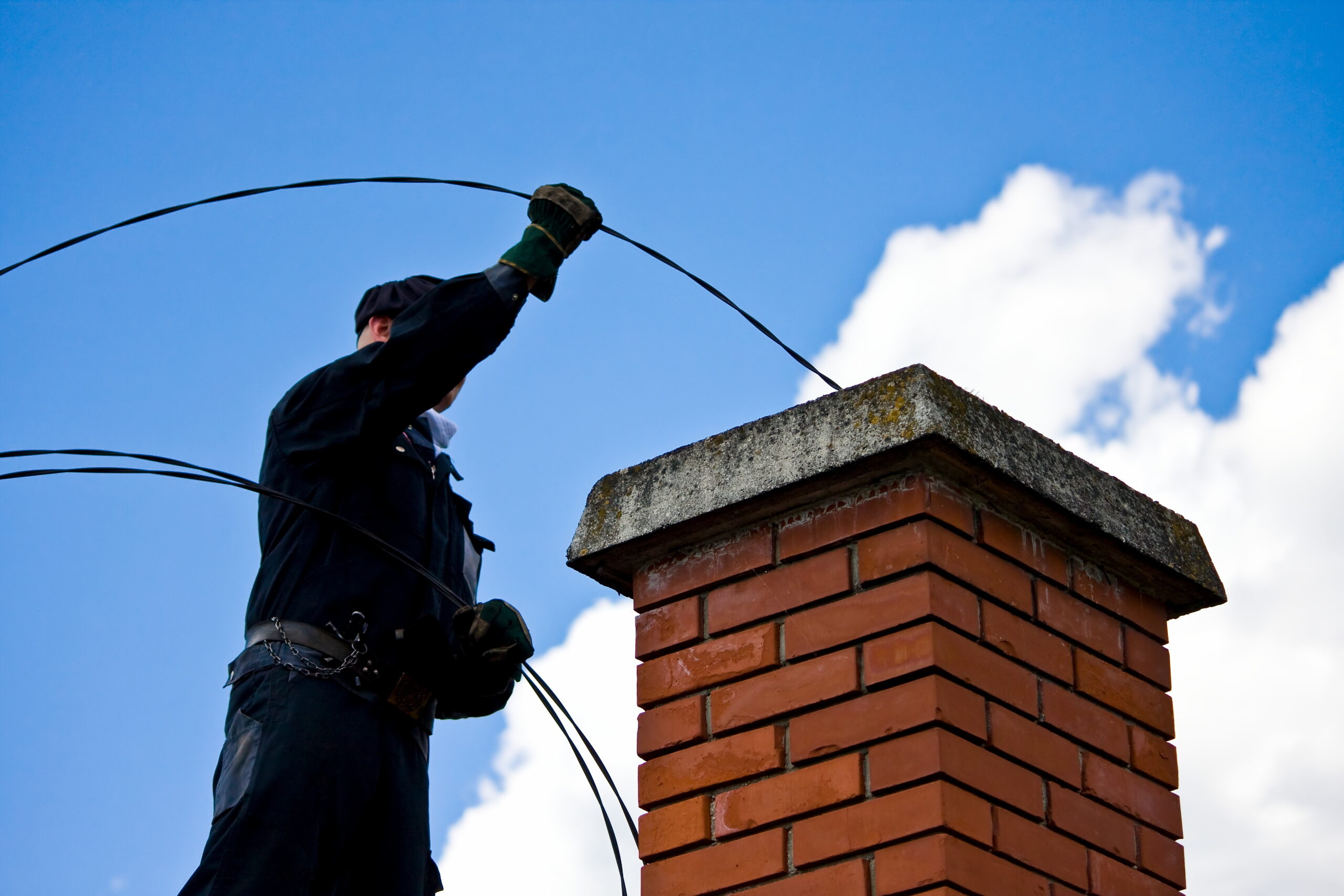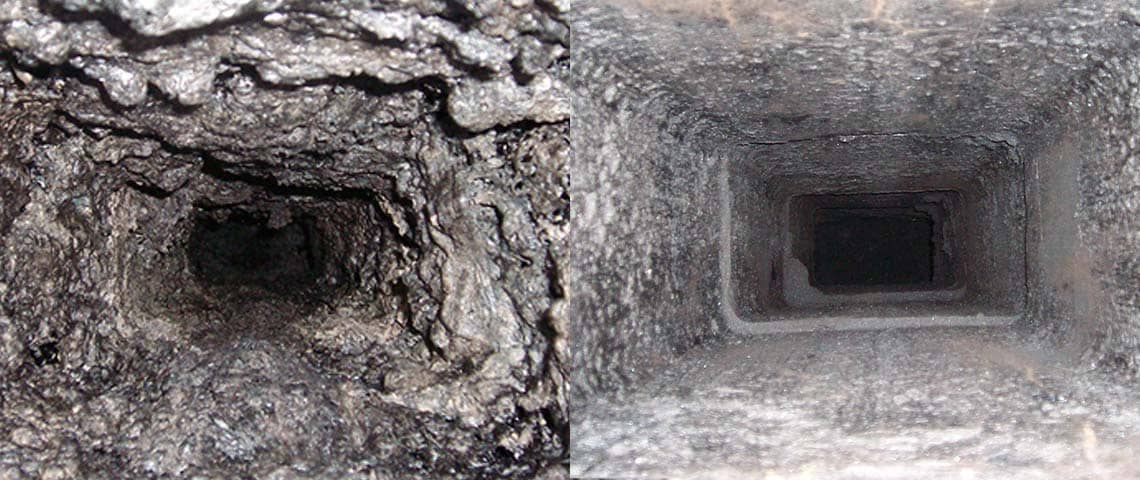Specialist Tips for Effective Chimney Maintenance You Need to Know
Smokeshafts work as critical elements in many homes, giving warmth and comfort. However, ensuring their proper upkeep is usually neglected up until concerns occur. Comprehending the intricacies of smokeshaft care can be the key to preventing expensive repair work and safeguarding your home and family. From the importance of normal evaluations to secure functional techniques, an extensive approach to smokeshaft maintenance is important. Allow's check out specialist pointers that can aid you keep your chimney in optimal problem for several years ahead.
Relevance of Routine Evaluations
Normal assessments of chimneys are crucial for ensuring their safety and security and performance. Chimneys play a critical function in airing vent out dangerous gases and maintaining correct airflow in a home. Over time, creosote build-up, debris, and architectural damage can take place within the chimney, presenting serious threats such as chimney fires or carbon monoxide gas leakages.
During a smokeshaft inspection, educated professionals examine the problem of the chimney, seeking any type of signs of damages, blockages, or damage. They also inspect the integrity of the flue, chimney lining, and smokeshaft cap to guarantee whatever remains in proper working order. By recognizing and addressing problems beforehand, expensive fixings or potential risks can be avoided.
Normal evaluations not just aid in preserving the safety of the smokeshaft but also add to its general performance. A clean and well-maintained chimney operates better, ensuring proper ventilation and reducing the danger of interior air pollution. Organizing yearly smokeshaft assessments is an aggressive procedure that home owners can take to protect their residential or commercial property and loved ones.
Cleaning Techniques and Regularity
Preserving the security and performance of a chimney includes not only normal examinations but likewise carrying out proper cleansing methods and figuring out the ideal regularity for cleaning. Chimneys ought to be cleaned up by a specialist smokeshaft sweep at the very least yearly, even if they are not frequently utilized. However, if the smokeshaft is utilized consistently, specifically with wood-burning stoves or fire places, it might need more constant cleanings to stop the build-up of creosote, a very combustible compound that can lead to smokeshaft fires.
The cleansing process usually entails eliminating creosote, residue, and particles from the chimney flue, smoke chamber, and firebox. Professional chimney sweeper use specialized brushes, tools, and vacuum cleaners to guarantee thorough cleaning without producing a mess in the home. In addition, they examine the chimney's framework for any signs of damage or use that might require fixings. Property owners should never forget smokeshaft cleaning, as it is necessary for maintaining a functional and safe smokeshaft system - Chimney Maintenance San Jose. Normal cleanings not only decrease the threat of chimney fires however likewise boost the chimney's total efficiency and long life.
Dealing With Chimney Leaks

When addressing smokeshaft leaks, complete examination and timely repairs are essential to stop water damages and preserve the structural integrity of the smokeshaft,. Leakages in a smokeshaft can cause major concerns such as mold development, wear and tear of the smokeshaft framework, and even possible fire hazards. To successfully address chimney leaks, start by evaluating the smokeshaft cap, crown, flashing, and stonework for any indicators of damages or wear. Smokeshaft caps need to be firmly in area to avoid water from getting in, while the Full Article crown and flashing must be undamaged and correctly sealed. Any kind of cracks or spaces in the stonework need to be fixed immediately to stop water infiltration. Furthermore, take into consideration waterproofing the smokeshaft to provide an additional layer of security versus dampness. Normal maintenance and evaluations can assist identify and address smokeshaft leaks early, saving you from costly repair work and making sure the safety and security and long life of your chimney.
Recognizing Creosote Accumulation
To comprehend the potential threats of creosote accumulation in chimneys, it is important to recognize its formation procedure and influence on chimney efficiency. Creosote is a brown or black tar-like substance that gathers inside smokeshaft systems when wood or fossil gas are shed. As smoke increases through the smokeshaft, it cools and condenses, bring about the development of creosote, which sticks to the chimney wall surfaces.

Normal smokeshaft inspections and cleanings by an expert chimney sweep are vital in protecting against creosote accumulation and making certain the secure procedure of your smokeshaft system.
Safe Procedure Practices
Implementing appropriate security procedures is essential for the secure and efficient operation of smokeshaft systems. Always make certain that the chimney is professionally examined and cleansed routinely to eliminate any creosote build-up, which can lead to chimney fires.
Moreover, make certain to just shed skilled wood in your fireplace, as wet or green wood can generate even more creosote and cause dangerous smokeshaft blockages. Last but not least, never ever leave a fire ignored and constantly make certain the fire is totally extinguished before going to sleep or leaving your home. By following these risk-free procedure techniques, you can delight in a warm and relaxing fire while making sure the safety and security of your home and loved ones.
Final Thought
In This Site verdict, maintaining your smokeshaft is crucial for ensuring its safety and performance. Regular examinations, correct cleaning methods, addressing leaks, taking care of creosote build-up, and following secure procedure practices are crucial aspects of chimney upkeep.
Over time, creosote accumulation, debris, and structural damage can take place within the smokeshaft, posing major threats such as smokeshaft fires or carbon monoxide leaks.
If the smokeshaft is utilized on a regular basis, especially with wood-burning ovens or fireplaces, it may need even more regular cleanings to protect against the build-up of creosote, a highly flammable compound that can lead to smokeshaft fires. (Chimney Maintenance San Jose)
To comprehend the potential threats of creosote build-up in chimneys, it is essential to identify its development procedure and effect on smokeshaft performance. As smoke climbs via the chimney, it condenses and cools down, leading to the development of creosote, which sticks to the chimney wall surfaces.
Constantly make sure that the chimney is expertly examined and cleaned regularly to get rid of any creosote buildup, which can lead to smokeshaft fires.